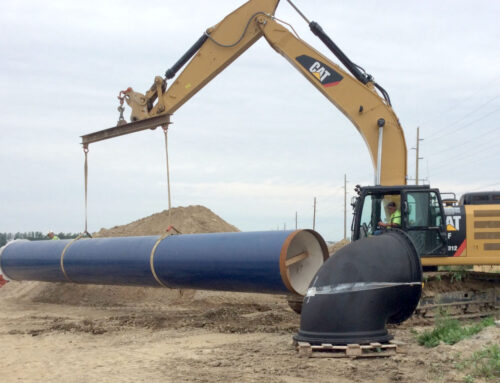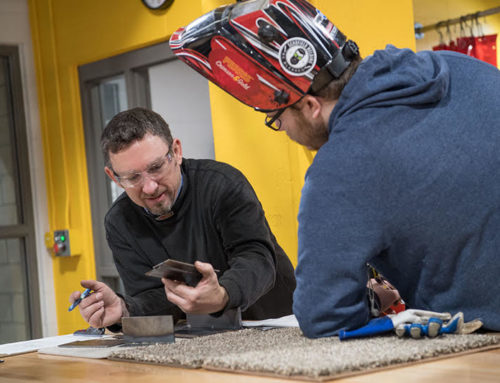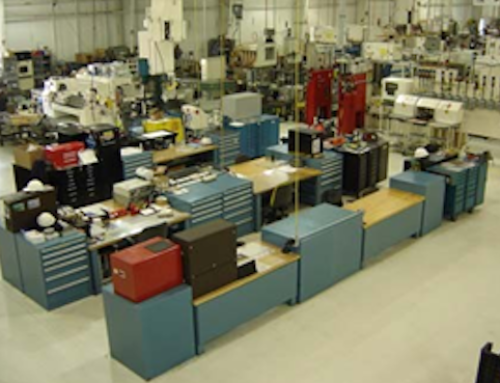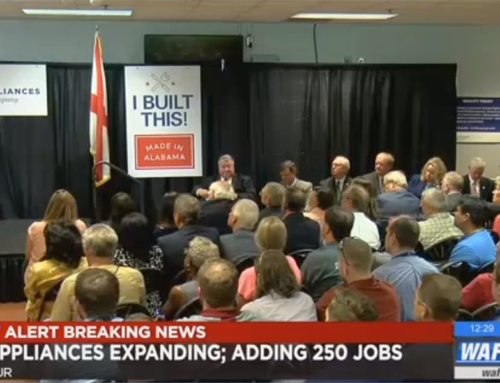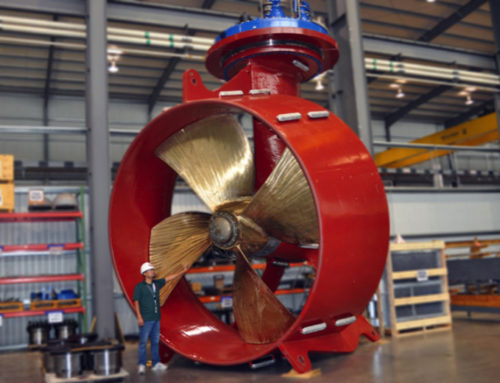
by David Westphal
March 18, 2019
Recently a client asked me to provide critical expertise on a complex manufacturing issue. Large, super-material plates are produced with a very tight flatness tolerance. The machining times for this part are measured in days, not hours. The process alone was consuming most of—and sometimes more than—the customer’s allowable quality tolerance. The lack of fundamental machine process capability often produced non-conforming material after investing hundreds of hours, and thousands of dollars of man and machine inputs. After struggling with this issue for upwards of a year, they finally called for some help.
While a team of engineering, maintenance, and operators were literally inside the machine alongside me diagnosing the underlying mechanical cause, several members of the corporate C.I. staff (Continuous Improvement) arrived to help. They spent the next half hour interrupting the process operator as they filled out a “Smart” manufacturing questionnaire.
Apparently, someone in corporate headquarters wanted to remotely watch the status of this critical process from the comfort of his or her office. “In the near future, by attaching to and digitally tracking the most important machine parameters,” these two chaps explained to the operator, “our leadership can make sure the machine is operating at optimum efficiency from anywhere in the world.”
Overhearing this conversation brought back a memory of standing next to a machine in the famed Toyota Kamigo engine plant years prior with my mentor, Mr. Tom Harada. Tom was driving home the point that continuous improvement in a manufacturing environment had to happen at the spot where the work took place. “No improvement can be made in the office” Mr. Harada explained, “One must go to the job to see what is really happening—to see, to touch, and to investigate the problem first hand.” Tom taught me to investigate machine problems directly and in person, to “Go and See” starting at the point where the part and the machine intersect, working out from there. He taught me problem-solving skills that he learned directly from Mr. Ohno, and machine tool experts, and others—skills for which I am forever grateful.
A short while later—with some hands-on problem-solving completed inside the machine—we were able to find the root cause of a problem that had plagued the machine for over a year. A critical machine component had shifted out of alignment, causing an angular position error of the spindle to the work piece. Armed with a good understanding of the situation, physical measurements from inside the machine, and a confirmed problem hypothesis, the maintenance team quickly found an innovative method to align the tooling.
Less than an hour later, we closed up the machine, and returned it to production. The first machining passes on the part were witness to the fact that we had correctly identified the cause of the problem. With the operators and maintenance team high fiving in the background, I caught a glimpse of the two from the corporate C.I. team still looking for those key “Smart” inputs to add to their plan. I chuckled to myself knowing that by the time the machine was hooked up to the online monitoring system in a few weeks from now, it was doubtful that the “higher-ups” would ever know the story that had taken place that day. However, by being present at the machine, we solved the problem.
We all recognize that adding digital monitoring to machinery can offer some advantages for leaders. However, in today’s wired-in world, the lost art of “going and seeing” can and will separate those who truly seek, learn, and embrace lean, from those who simply talk about it. I will always go and seek the answers first hand where the problem exists. As a leader, you, your teams and your operations will be better for having taken the time to do the same. That’s what I like to call “Smart” manufacturing!


